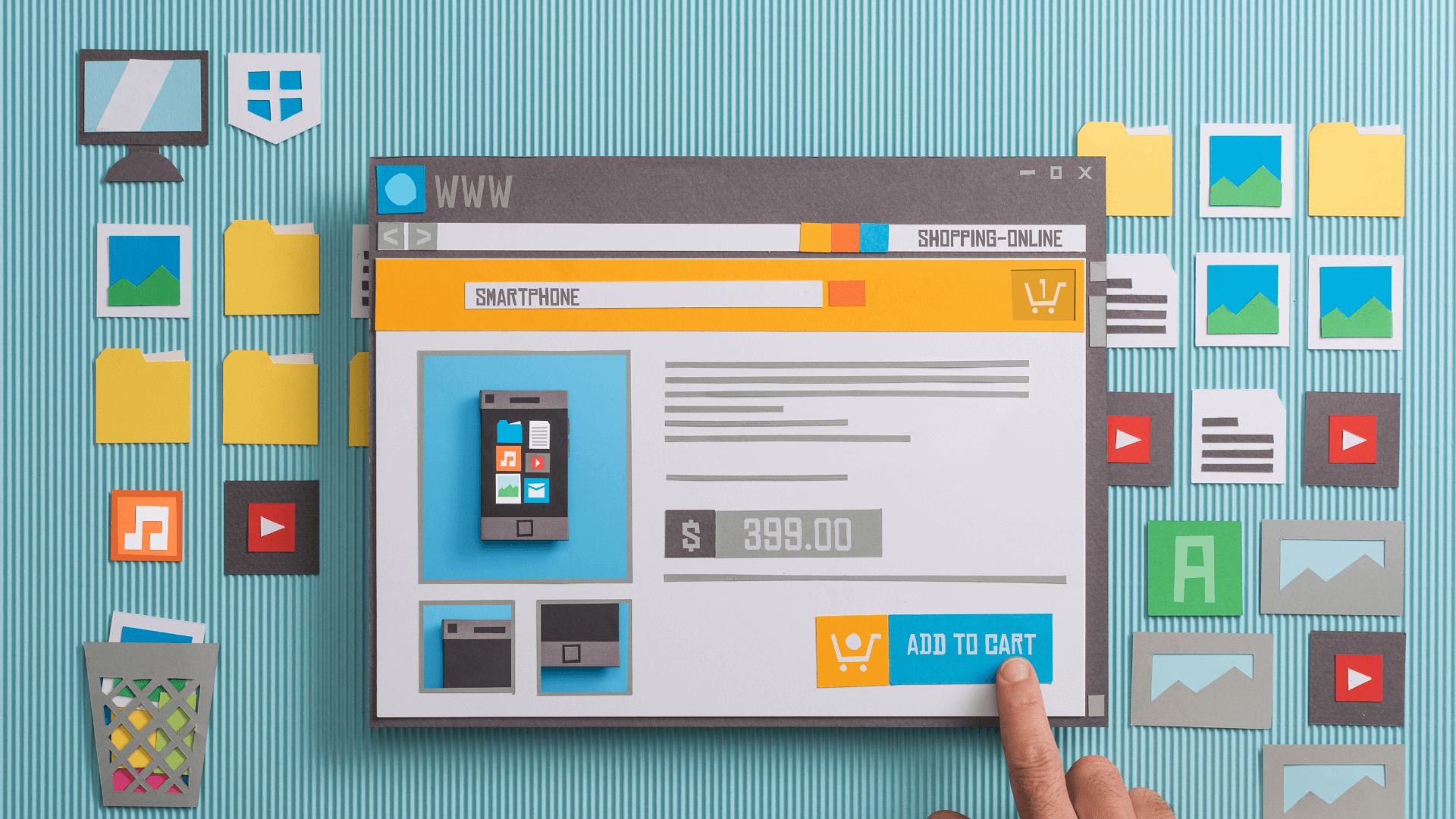Amazon Prime Big Deal Days 2025
Table of Content
Prime Big Deal Days returns on October 7-8, 2025. Two focused days. Fast-changing deals. Early holiday intent. For EU merchants, the job is simple: get the right stock into the right countries, tighten product pages, and keep your logistics setup ready. Finally, keep it lean, measure results, and roll learnings into Black Friday.
Before we get into the details on how you can get the best of it, let’s take a look at the data so you can calibrate expectations.
Prime Day vs. Big Deal Days: the 2024 baseline and the 2025 signal?
Across Europe, October’s Big Deal Days 2024 showed clear momentum on Amazon: Europe overall +18% vs. Oct-23, with France +35%, UK +33%, Spain +23%, and steadier lifts in Germany +12% and Italy +10%. That tells us shoppers in major EU markets were willing to start holiday buying early when the offer and delivery promise were right.
In the UK, Adobe tracked £1.3bn in online spend over Prime Day 2024’s two days (£633.4m Day 1; £618m Day 2), the biggest online days of the year up to that point which are useful intensity markers for planning. Electronics led as average prices dipped.
For Prime Day 2025, Adobe attributes £10.7bn in July 2025 UK online spend (+7.2% YoY) partly to the event’s 4-day format. It’s monthly—not event-only—but a useful signal of shopper appetite and the need for disciplined bids and inventory buffers.
Amazon called Big Deal Days 2024 its biggest October shopping event ever, with more than $1B in Prime member savings and record participation from independent sellers; GMV wasn’t disclosed.
Outside Amazon, Salesforce’s panel showed flat global online sales (0% YoY) during the two days which adds useful context if you’re budgeting for non-Amazon channels alongside Amazon.

What this means for your P&L, inventory, and ad plan
Big Deal Days isn’t just another promo. It’s the first Q4 stress test for your forecast, listings, and fulfillment. The goal probably isn’t just volume; it’s profitable, repeatable demand that carries into November.
Inventory positioning and availability
Treat availability as the growth lever. Pre-position inventory inside the EU (e.g., DE, FR, AT) and/or the UK to protect lead times and last-mile costs. Where FBA is constrained or inbound cut-offs tighten, stand up FBM via a 3PL like byrd to protect the buy box and avoid stock-outs. Check Seller Central for event-specific deal windows and inbound guidance, and factor in the EU/UK FBA holiday peak fee from Oct 15–Jan 14 when modeling margin.
byrd covers FBM logistics for Amazon plus other marketplaces and shop systems, with multi-node storage, localized delivery options, and streamlined returns. Use that as your capacity backstop when FBA is tight or unprofitable on certain SKUs.
Offers and margin
Build a mix of Lightning Deals for pulse, Prime-exclusive discounts for rank and visibility, coupons for defensible margin, and bundles to lift AOV. Model post-promo margin at the country level and include advertising and expected returns; protect your floor with portfolio budget caps so day-of CPC inflation doesn’t erase gains. July’s results showed elevated traffic at scale; discipline on price and bids is what keeps October profitable.
Product detail pages and discovery
With Rufus live, AI-assisted browsing increases the payoff of clean attributes, complete specs, and well-structured variations. Refresh titles/bullets, A+ modules, and Store navigation to align with October intents (gifting, winter prep, “under €X” price points). You’re optimizing for both search and assistive surfaces.
Amazon’s Rufus is a generative AI–powered shopping assistant built into Amazon’s app and website that helps users ask questions, compare products, and get personalized recommendations based on Amazon’s catalog and information from across the web.
“Think of Rufus as the ever‑present shopping assistant whispering in your customer’s ear. If your attributes aren’t clear and your bullets aren’t comparison‑ready, your listing could be left out of the conversation.”
Advertising orchestration for two intense days
Stack Sponsored Products, Brands, and Display around the same hero ASINs and Store pages. Daypart bids to match Lightning Deal windows; split branded vs. non-branded targets and give yourself 20–30% headroom to move budget between EU markets based on live CVR + stock status, not just CPC. Industry results from Prime Day consistently show that coordinated ad stacks outperform one-channel approaches.
Customer experience, delivery promises, and returns
Set realistic cut-offs by country and carrier; don’t over-promise late pickups. Keep returns simple with in-box instructions and local return addresses. If shoppers discover you in October, fast, predictable fulfillment is what turns them into November buyers.
A timeline for Amazon Prime Big Deal Days 2025
4–5 weeks out
Lock hero ASINs (Amazon Standard Identification Number) by market. Place inventory across EU nodes. Finalize Product Detail Page (PDP) updates and Store sections. Build the promo calendar and margin guardrails.
2–3 weeks out
Run small, controlled campaigns on high-intent generic keywords to learn targets and bids before the event, while tightening brand defense so rivals can’t capture your branded search terms or product pages. In parallel, QA returns and localized help content (labels, instructions, SLAs) and confirm FBM contingencies like inventory, routing rules, and carrier capacity, so you can switch seamlessly if FBA constraints hit.
Event week (Oct 7–8)
Keep budget buffers live. Watch buy-box and flip FBM offers on where FBA is constrained. Stream spend to the markets/ASINs with the highest in-stock × CVR.
D+1 to D+7
Retarget event viewers via Sponsored Display (exclude buyers, cap frequency) and use light, short-term coupons on near-hero SKUs to keep rank without killing margin. Summarize the incremental lift vs. baseline and use those learnings for your Black Friday budgets and inventory plan.

Where byrd helps
Think of byrd as the steady hand on the wheel during peak season. While you can’t use FBM to secure a Prime badge, you can use it to build resilience. When warehouses overflow, fees climb, or customer returns spike, byrd’s network gives you room to maneuver.
- Pan‑EU FBM coverage with 24–48h delivery SLAs in key markets.
- Smart inventory placement across Europe’s leading countries to cut lead times/costs.
- Returns portal to reduce friction and speed resale.
- Cross‑border shipping with VAT/duties support.
byrd does not replace FBA for Prime eligibility, but it does strengthen your fulfillment mix, adding flexibility, resilience, and customer‑friendly returns in Q4 and beyond, while enabling you to have a smooth fulfillment setup for selling via multiple sales channels, including hundreds of marketplaces or online shop systems.